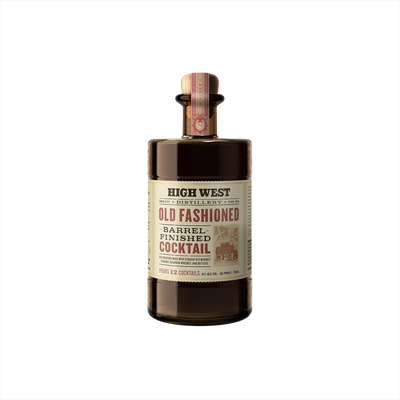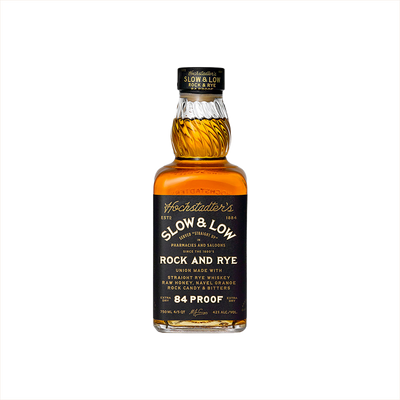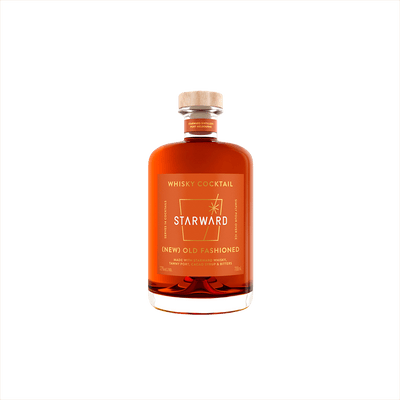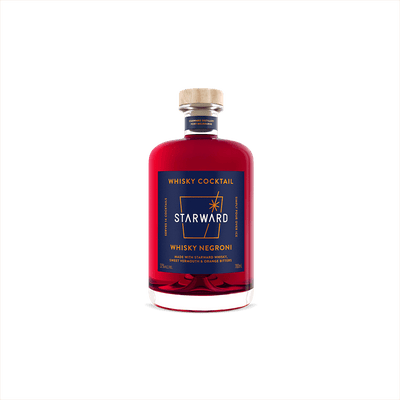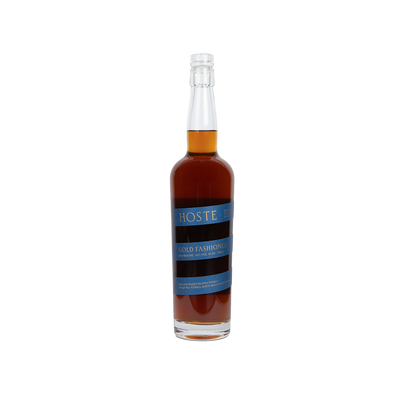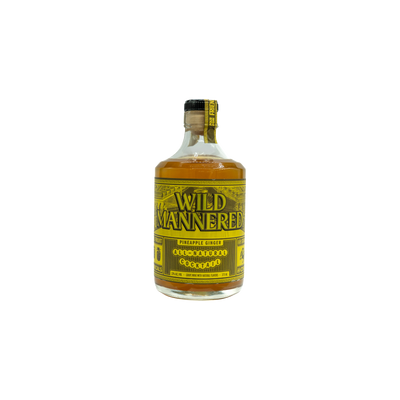Ready to Drink
What are Ready to Drink?
Ready to Drink cocktails are pre-mixed beverages that contain spirits blended with mixers, bitters, and other ingredients, bottled at drinking strength so you can pour and enjoy immediately. These convenient cocktails bridge the gap between craft bartending and instant gratification, offering professionally balanced recipes without the need for additional bar supplies or mixing expertise. What defines RTDs is their completeness – they're finished cocktails that require nothing more than ice, a glass, and maybe a garnish to deliver a proper drinking experience.
Learn More About Ready to Drink
What are the different types of Ready to Drink?
Ready to Drink beverages typically fall into three main segments: spirit-based cocktails, wine-based coolers, and malt-based alternatives. Spirit-based RTDs like canned margaritas and Moscow mules offer the authentic taste of traditional cocktails with premium ingredients, while wine-based options provide lighter, fruitier profiles perfect for casual sipping. Malt-based RTDs, including hard seltzers and flavored malt beverages, deliver clean, refreshing experiences with lower alcohol content and often fewer calories, making them ideal for active lifestyles and extended social occasions.
How are Ready to Drink cocktails made?
Ready to Drink cocktails start in large production facilities where distillers and beverage companies blend spirits with mixers, juices, and flavorings in massive stainless steel tanks. The mixed cocktails get filtered, carbonated if needed, and then filled into cans or bottles using high-speed automated equipment that seals thousands of units per hour. Quality control teams taste-test batches throughout production to maintain consistency, while pasteurization or other preservation methods help the finished drinks stay shelf-stable for months without refrigeration.
What do Ready to Drink cocktails taste like? What do Ready to Drink cocktails bring to a cocktail?
Ready to drink cocktails vary widely in flavor profile depending on their base spirit and recipe, from crisp vodka sodas with bright citrus notes to rich whiskey-based drinks with caramel and vanilla undertones. The best RTDs capture the balanced sweetness, acidity, and alcohol warmth you'd expect from a well-made cocktail, though they tend to be slightly lighter and more approachable than their bar-made counterparts. Since RTDs are complete cocktails themselves, they don't typically serve as ingredients in other drinks, but rather offer the convenience of a professionally crafted cocktail without the need for mixing, measuring, or muddling.
How do you drink Ready to Drink? In what kind of cocktails do Ready to Drink spirits shine?
Ready-to-drink cocktails are designed for straight-from-the-can or bottle enjoyment, often served over ice or chilled, making them perfect for poolside sipping, picnics, or when you want a quality cocktail without the prep work. While these pre-mixed beverages don't typically serve as base spirits for other cocktails, some bartenders use premium RTDs as components in larger-format drinks like punches or sangrias. The beauty of RTDs lies in their convenience and consistency – you're getting a professionally balanced cocktail that tastes the same every time, whether you're at a backyard barbecue or camping in the mountains.
What are fun ways to drink Ready to Drink?
Ready-to-drink cocktails make fantastic jello shots since they're already perfectly balanced—just substitute them for water in your gelatin mix and watch your party game level up instantly. You can also freeze them into boozy popsicles for summer gatherings, or get creative in the kitchen by using them as liquid ingredients in cake batters, frosting glazes, or even ice cream bases. These versatile cocktails work beautifully in fruit salad marinades, cocktail-soaked pound cakes, or as the secret ingredient in your next batch of adult milkshakes.
How have Ready to Drink been depicted in culture?
Ready-to-drink cocktails have often been portrayed as the convenient party starter in movies and TV shows, from characters cracking open hard seltzers at beach gatherings to college students shotgunning canned cocktails in coming-of-age films. Pop culture has embraced RTDs as symbols of spontaneous fun and casual socializing, with music videos frequently featuring colorful cans and bottles as props that signal good times without the fuss of mixing drinks. The cultural narrative around RTDs has shifted from being seen as cheap shortcuts to becoming legitimate lifestyle choices, particularly as premium brands have positioned their products as sophisticated alternatives for busy professionals who want quality cocktails without the bartending skills.
Nutritional Information
Typical Calorie Range per Ounce: 15-25 calories
Typical Carbohydrate Range per Ounce: 2-6 grams
Typical Sugar Range per Ounce: 1-5 grams
Typically Gluten Free: Yes
Most ready-to-drink cocktails are made with distilled spirits that naturally don't contain gluten, though ingredients like flavoring agents, mixers, or additives can vary between brands. Always check the detailed product information and labels to confirm gluten-free status if you have sensitivities or celiac disease.
Scrolled this far? Your reward? Ready to Drink Trivia!
- The first canned cocktail wasn't made by a trendy startup—it was created by Heublein in 1967. Their "Club Cocktails" line included a Manhattan and a Martini, decades before RTDs became cool. The twist? They used actual spirits, not malt-based alternatives like many modern versions, making these vintage cans more authentic than some of today's offerings.
- Japan has been perfecting RTD cocktails since the 1980s with their "Chu-Hi" drinks. These canned sour cocktails, originally made with shochu and soda, now dominate Japanese convenience stores with flavors like yuzu, lemon, and even seasonal specialties. The Japanese RTD market is so sophisticated that some brands age their cocktails in the can for months before release.
- Premium RTD cocktails often use nitrogen instead of carbon dioxide for bubbles. Nitrogen creates smaller, creamier bubbles that don't interfere with delicate cocktail flavors the way aggressive CO2 can. This is the same gas used in draft stouts, and it gives canned cocktails that smooth, velvety mouthfeel you'd expect from a bartender's shaker.
- Some RTD brands actually employ master distillers to create custom spirits specifically for canning. These aren't just bottled cocktails poured into aluminum—companies like Cutwater and On The Rocks work with distilleries to modify alcohol content, flavor profiles, and even molecular structure to survive the canning process and taste fresh months later.
- The aluminum in cocktail cans is lined with a special polymer coating that prevents the metal from affecting taste. Without this invisible barrier, acidic ingredients like citrus would react with aluminum and create metallic off-flavors. The coating is so thin it's measured in microns, but it's the difference between a cocktail that tastes canned and one that tastes crafted.
Higher-proof spirits can be intense. Sip slow, taste thoughtfully, and enjoy responsibly.
Gift message (optional)

